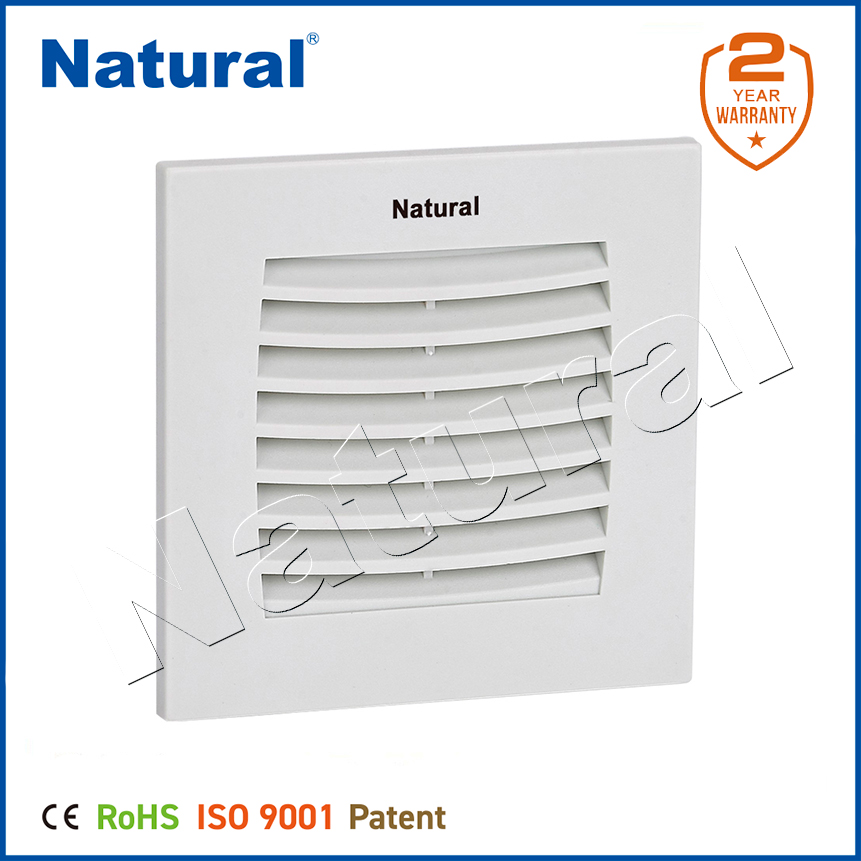In the modern world, where electronics and machinery are at the heart of nearly every industry, proper cooling systems have become a critical aspect of ensuring longevity and performance. Among these systems, cabinet fans and filter fans play significant roles in managing temperature and maintaining the integrity of sensitive components. In this article, we will delve into the importance of cabinet fans and filter fans, how they work, and why they are essential for various applications.

What are Cabinet Fans and Filter Fans?

A cabinet fan is a cooling device designed to be mounted inside an electrical cabinet or enclosure. Its primary function is to circulate air, preventing heat buildup by enhancing airflow. By dissipating the heat generated by electronic components, cabinet fans help maintain optimal operating temperatures, which in turn protects the equipment from overheating and potential damage. A filter fan, on the other hand, is a type of cabinet fan that integrates a filter to remove dust and contaminants from the air before it enters the enclosure. This added filtration ensures that sensitive electronic components remain free from debris and particulate matter, which could compromise their performance or cause mechanical failures.
